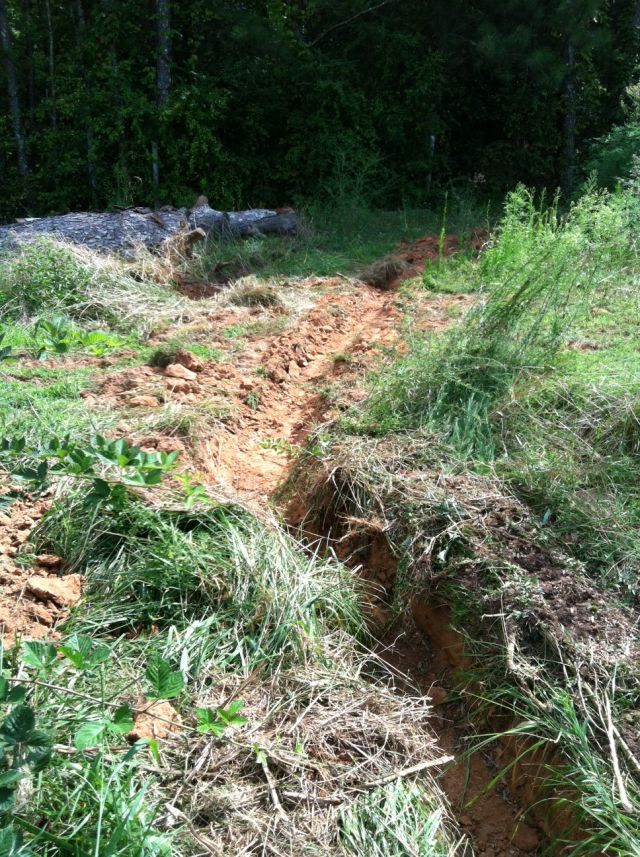I have excavated at least half a dozen contour ditches and, in the months following construction, they performed as advertised. After heavy rains they dutifully filled with water and, because they are on contour i.e. horizontal, they held the rainwater and allowed it to infiltrate into the soil benefiting the plantings on each side of the ditch (actually the plantings on the side of the contour ditches which adjoined the lower slope did better, probably because there was more topsoil on that side which allowed the water to move more easily to their roots).
So why a “rethinking” of contour ditches? The bottom of the ditch has proven an ideal breeding ground for high growing grasses and wildflowers (I avoid the perjorative “weed” – these invaders I am sure serve some purpose). The reason is because the water sliding down the hill brings with it soil and nutrients and the easy access to ample water at the bottom of the ditch is fuel enough for growth. So the water which should be infiltrating the ground is now sponsoring these tall growers. The extensive growth hinders access to the plantings and because the contour ditches are now semi-concealed it is easy for the unwary visitor to be injured.
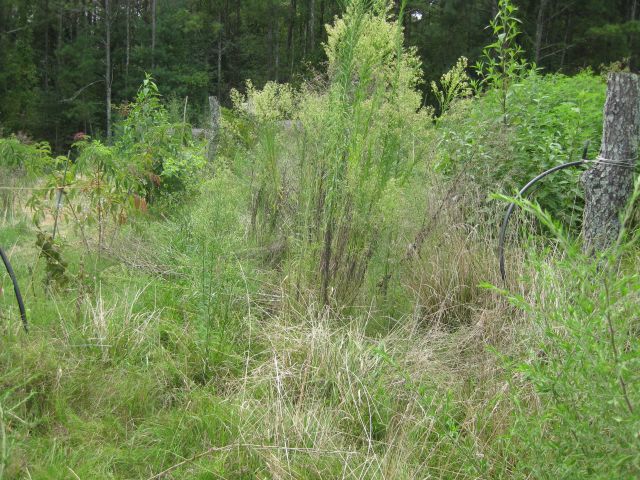
I recently completed reading “Farmers of Forty Centuries” by F.H. King. An excellent book filled with insights. It unlocks the techniques used by the Chinese, Japanese and Koreans who farmed the same land for 4,000 years without our modern fertilizers and ‘cides and with dense populations too. If anything meets the definition of “sustainable farming” it must be their practices. After manures (animal and human) their main source of nutrients was the soil and organic matter lodged in their canals. So their canals like my contour ditches also filled up and they turned their problem into a solution. This got me thinking – why not remove the growth in the contour ditches and stack it for use at a later date.
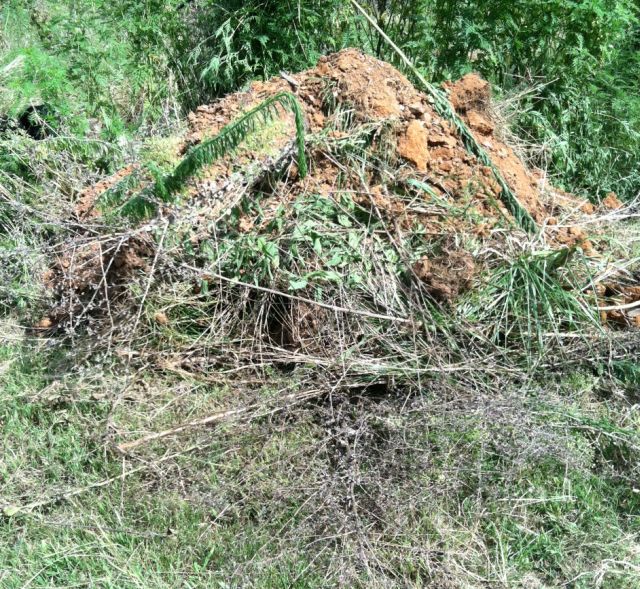
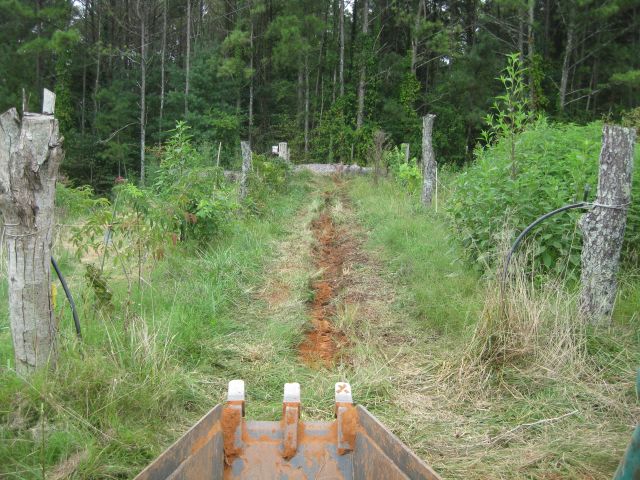
Another of their techniques was to either bury their compost or cover it with mud. The logic, I assume is this accelerates breakdown by keeping the contents moist, and also reduces loss of nutrients to the air. So I have decided to fill the enlarged contour ditches first with material leveled by my scythe such as long grasses and other growth, and then with tree branches and trunks. I am hopeful that these materials will absorb and hold the rainwater and, as they degrade, will provide nutrients to the soil. Two other advantages – the wood will be stacked to just above ground level so less risk of injury and the wood will prevent the growth of grasses and unwanted plants.
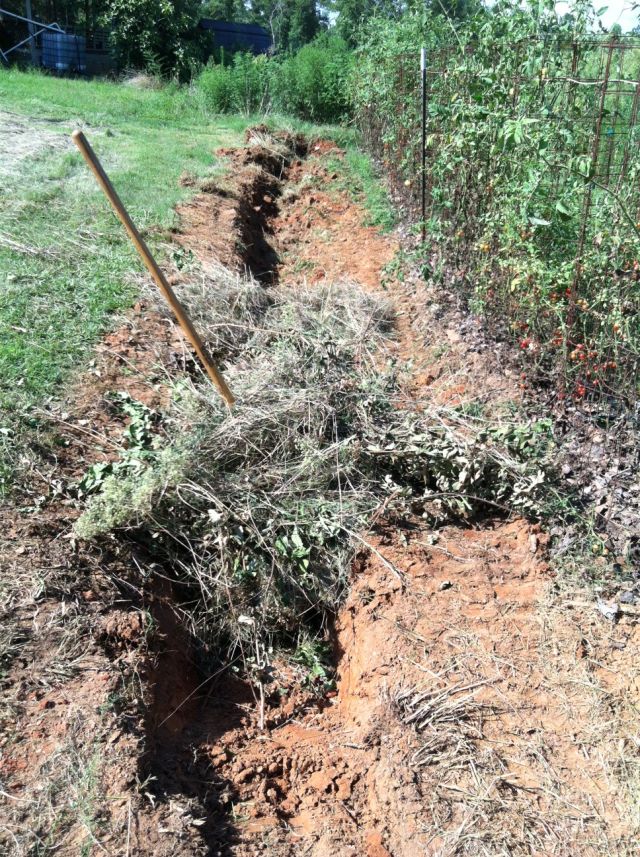
The berry contour ditch does not extend all the way south to the pine trees since this area does not receive much sunlight. But when it rains a lot of rainwater goes down the hill south of and beyond the contour ditches. So while I had my bobcat out I decided to angle a feeder ditch which could catch this water as it traveled over the ground and direct it to the contour ditch.
